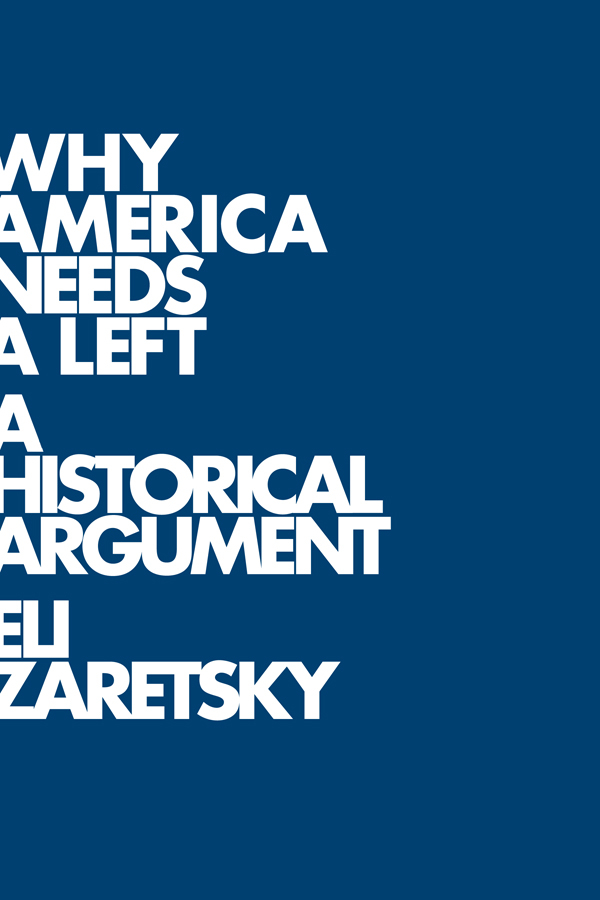 The United States today cries out for a robust, self-respecting, intellectually sophisticated left, yet the very idea of a left appears to have been discredited.
The United States today cries out for a robust, self-respecting, intellectually sophisticated left, yet the very idea of a left appears to have been discredited.
In this brilliant new book, Eli Zaretsky rethinks the idea by examining three key moments in American history: the Civil War, the New Deal and the range of New Left movements in the 1960s and after including the civil rights movement, the women’s movement and gay liberation.
In each period, he argues, the active involvement of the left – especially its critical interaction with mainstream liberalism – proved indispensable. American liberalism, as represented by the Democratic Party, is necessarily spineless and ineffective without a left. Correspondingly, without a strong liberal center, the left becomes sectarian, authoritarian, and worse.
On a recent visit to London, George Miller spoke to Eli Zaretsky about the book. To listen to the complete interview, click here. To listen to extracts from Eli Zaretsky’s answers, click on the links below. And at the bottom, you’ll find a video interview containing different content.
1. Eli Zaretsky’s book contends that the Left has been an enduring radical presence in US history. This runs counter to the prevailing view that America neither had nor needs a Left.
Click here to hear about when the Left has made its presence felt [0:58].
2. “Race defines American history” and, as Eli Zaretsky suggests here, was also critical to the formation of the Left [0:59].
3. Zaretsky argues that the Left has played a key role in times of crisis in US history by emphasizing the vital importance of equality. Click here [1:05].
4. “One thing that distinguishes my approach to the American Left is seeing the discontinuity” – click here to hear more about the Left as an “episodic upsurge” [1:26].
5. In the book, Zaretsky writes: “A proclivity to violence runs very deep in American liberal tradition”. I asked him to say more about its role. Click here [1:22].
6. According to Zaretsky, the New Left was the shortest-lived but the most enduring of the three Lefts he identifies in US history. I asked him to explain this apparent paradox. Click here [1:18].
7. I asked Eli if he was surprised by the fact that – the Occupy movement aside – there had been comparatively little organized response from the Left to the current crisis. Click here [2:11].
8. I went on to ask whether neoliberalism has also played a part in laying claim to what was once counter-cultural and repurposing it to its own ends by commodifying it. Click here [2:01].
9. The book describes the Right as a reaction to the Left. How so? I asked. Click here [1:12].
10. How healthy is the intellectual life of the Left in the US today? Click here [1:34].
11. With a US presidential election on the horizon, I asked Eli Zaretsky how he read the current political landscape. Click here [2:44].
Eli Zaretsky on Why America Needs a Left from George Miller on Vimeo.
